From Puerto Rico to Montana, museums, universities and research centers are gearing up for one of the largest outreach efforts ever attempted for educating the public about science and engineering at the nanoscale, a barely conceivable environment where one can manipulate objects as small as a single atom.
Mar 25th, 2009
Read more
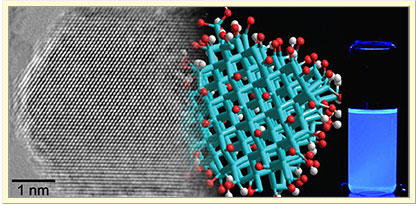 Scientists at Drexel University have produced a strongly hydrophobic nanodiamond material that shows bright blue fluorescence, just as macroscopic diamonds do.
Scientists at Drexel University have produced a strongly hydrophobic nanodiamond material that shows bright blue fluorescence, just as macroscopic diamonds do.
Mar 25th, 2009
Read more
Two lasers may be better than one when attacking cancer cells, according to a paper by Rice University scientists.
Mar 25th, 2009
Read more
Funding from the Missouri Life Sciences Research Fund, part of the 1998 state tobacco settlement, will establish the St. Louis Institute of Nanomedicine Working Group, a collaborative regional effort to apply advances in nanotechnology to the treatment of human diseases.
Mar 25th, 2009
Read more
Cancer Research UK scientists have developed a treatment that transports ?tumour busting? genes selectively to cancer cells, according to a study published online in Cancer Research.
Mar 25th, 2009
Read more
Researchers at Rensselaer Polytechnic Institute have won a $1.6 million federal grant to develop new methods for manufacturing a key fuel cell component.
Mar 25th, 2009
Read more
 Scientists at the U.S. Department of Energy's Brookhaven National Laboratory have developed a method for coating metal surfaces with an ultrathin film containing nanoparticles which renders the metal resistant to corrosion and eliminates the use of toxic chromium for this purpose.
Scientists at the U.S. Department of Energy's Brookhaven National Laboratory have developed a method for coating metal surfaces with an ultrathin film containing nanoparticles which renders the metal resistant to corrosion and eliminates the use of toxic chromium for this purpose.
Mar 25th, 2009
Read more
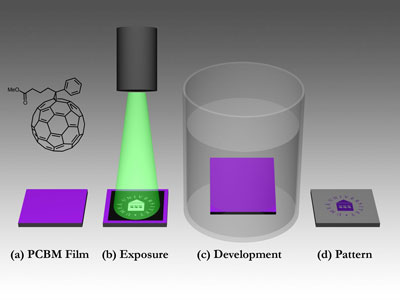 Flexible display screens and cheap solar cells can become a reality through research and development in organic electronics. Physicists at Umea University in Sweden have now developed a new and simple method for producing cheap electronic components.
Flexible display screens and cheap solar cells can become a reality through research and development in organic electronics. Physicists at Umea University in Sweden have now developed a new and simple method for producing cheap electronic components.
Mar 25th, 2009
Read more
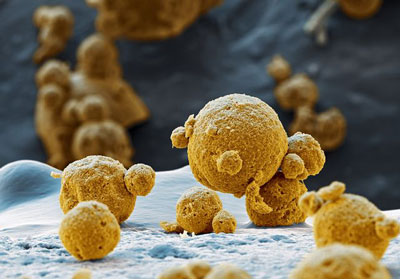 In this podcast from BASF you will learn how chemistry improves the efficiency of lithium ion batteries.
In this podcast from BASF you will learn how chemistry improves the efficiency of lithium ion batteries.
Mar 25th, 2009
Read more
A new book from the National Research Council finds serious weaknesses in the government's plan for research on the potential health and environmental risks posed by nanomaterials, which are increasingly being used in consumer goods and industry.
Mar 25th, 2009
Read more
The safety of early applications of synthetic biology may be adequately addressed by the existing regulatory framework for biotechnology, especially in contained laboratories and manufacturing facilities. But further advances in this emerging field are likely to create significant challenges for U.S. government oversight.
Mar 24th, 2009
Read more
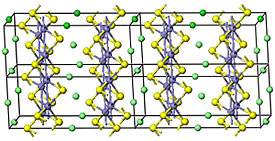 Though a year has passed since the discovery of a new family of high-temperature superconductors, a viable explanation for the iron-based materials? unusual properties remains elusive. But a team of scientists working at the National Institute of Standards and Technology may be close to the answer.
Though a year has passed since the discovery of a new family of high-temperature superconductors, a viable explanation for the iron-based materials? unusual properties remains elusive. But a team of scientists working at the National Institute of Standards and Technology may be close to the answer.
Mar 24th, 2009
Read more
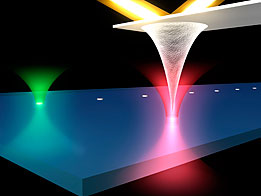 Forget dancing angels, a research team has shown how to detect and monitor the tiny amount of light reflected directly off the needle point of an atomic force microscope probe, and in so doing has demonstrated a 100-fold improvement in the stability of the instrument?s measurements under ambient conditions.
Forget dancing angels, a research team has shown how to detect and monitor the tiny amount of light reflected directly off the needle point of an atomic force microscope probe, and in so doing has demonstrated a 100-fold improvement in the stability of the instrument?s measurements under ambient conditions.
Mar 24th, 2009
Read more
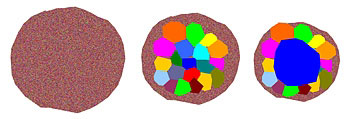 If physicists lived in Flatland - the fictional two-dimensional world invented by Edwin Abbott in his 1884 novel - some of their quantum physics experiments would turn out differently (not just thinner) than those in our world. The distinction has taken another step from speculative fiction to real-world puzzle with a paper from the Joint Quantum Institute reporting on a Flatland arrangement of ultracold gas atoms.
If physicists lived in Flatland - the fictional two-dimensional world invented by Edwin Abbott in his 1884 novel - some of their quantum physics experiments would turn out differently (not just thinner) than those in our world. The distinction has taken another step from speculative fiction to real-world puzzle with a paper from the Joint Quantum Institute reporting on a Flatland arrangement of ultracold gas atoms.
Mar 24th, 2009
Read more
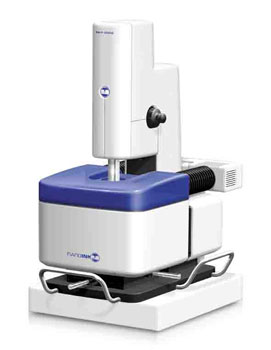 Using two different types of chemical etching to create features at both the micron and nanometer size scales, researchers at the Georgia Institute of Technology have developed a surface treatment that boosts the light absorption of silicon photovoltaic cells in two complementary ways.
Using two different types of chemical etching to create features at both the micron and nanometer size scales, researchers at the Georgia Institute of Technology have developed a surface treatment that boosts the light absorption of silicon photovoltaic cells in two complementary ways.
Mar 24th, 2009
Read more
Not all titanium dioxide is equal when it comes to splitting water with visible light.
Mar 24th, 2009
Read more









 Subscribe to our Nanotechnology News feed
Subscribe to our Nanotechnology News feed